by Sandra Gulland | May 29, 2014 | Adventures of a Writing Life |

Today—Thursday, June 24th—is the bicentennial anniversary of Josephine’s death, 200 years ago. Special exhibits have been shown in Paris, and there will be a very special event at Malmaison, no doubt. In the past, Malmaison has marked this day with a concert of classical music in the Music room. I was told by the former curator that invariably, a sudden chill would sweep through the room—Josephine’s spirit, he was convinced, for it happened every time, in spite of the summer heat. This is one time that I ache to be there. All this week, I’ve been posting to a new Pinterest board I created for the occasion: “Celebrating Josephine.” In honour of the bicentennial, Touchstone (of Simon & Schuster)— the U.S. publisher of the Josephine B. Trilogy—has designed new covers for the ebook editions.
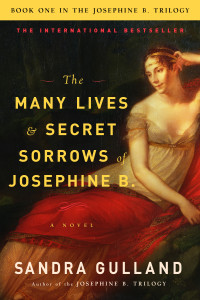
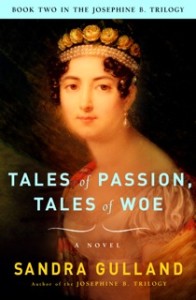
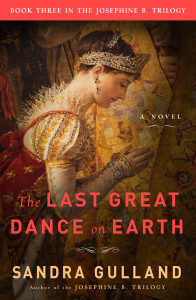
I’m thrilled! I love these new designs.
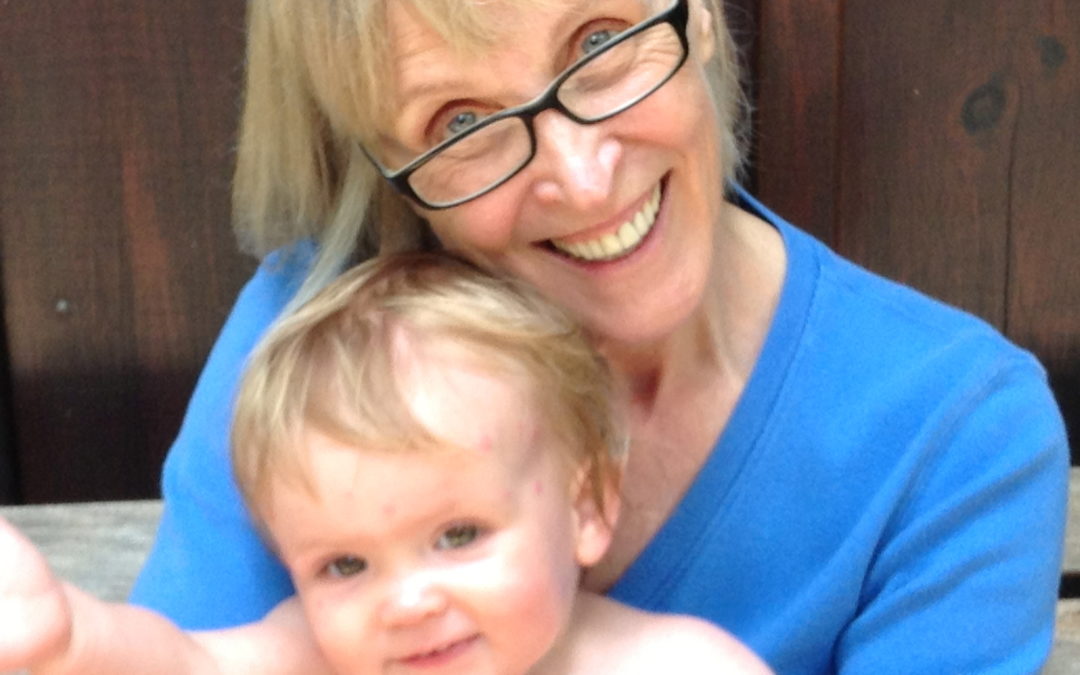
by Sandra Gulland | Jun 27, 2013 | Adventures of a Writing Life, Promotion, Publication, The Game of Hope, The Shadow Queen, The Writing Process |
I’m working on the Author Questionnaire for Doubleday’s publication of The Shadow Queen, and that requires quite a bit of time mucking about in my promotional and publication history.
Any day now, I will see the first pass on the book cover: I’m excited. I’m already madly in love with the interior design.
Meanwhile, I’m cranking up the word count on the Young Adult novel about Hortense, going slowly at first. We will have the pleasure of our now 1-year-old granddaughter Kiki, our daughter Carrie and her mate Bruce this long weekend, so I’m only aiming for 50 words a day. Dipping a toe in—that’s all—but it’s important to do it every day. This morning I aimed for 50 and chalked up over 200. I’m very much enjoying exploring this youthful story.SaveSave
SaveSave
by Sandra Gulland | Oct 1, 2012 | Adventures of a Writing Life |
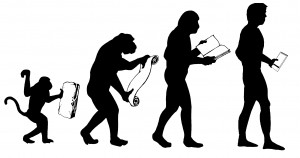
My on-going adventure into e-book publishing has been eye-opening. Although I didn’t do even a fraction of it myself, setting up an account on Amazon/Kindle seemed relatively easy (once I got through the hurdle of the tax-exempt forms required for non-American publishers). Kindle Direct Publishing’s instructions were clear and to-the-point, a class act. And the cost: zero.
Barns & Noble doesn’t deal with non-US publishers at all—so that was a dead-end.
Kobo is a growing force in Europe, but they are suffering growing pains—and it shows. Their contracts were confusing and contradictory. They’ve launched a clean, new interface—but it couldn’t upload my books (too big!), so we had to go the geeky route. (So glad Kris was dealing with it, not me.) Although my books are up, I still can’t see them, much less get at any direct information about my sales. Too, it seems they are weekly changing their system. Go, Kobo! You’re David against Goliath, but you do need to get your act together.
iTunes, known to take For Ever to approve a title, came through surprisingly quickly. There were glitches uploading, but once up, okay, although their sales reporting system leaves a bit to be desired. Plus, the sales are about 1% of what gets sold on Amazon. That said, the titles display most beautifully there.

Because most of my INK titles are sold in the UK, I wanted to be in Waterstones and other UK venues. That has turned into an expensive headache: first to get the titles on Nielsen’s database (I’m still working on that), then to have to pay for a middleman. (This requirement was discovered in a deluge of confusing small print.) OK, I got that far, but I was just now informed that to get a book synopsis and reviews even mentioned on Waterstones’ e-book website (which is hard to find and not that functional), I’d have to pay upwards of $240 plus tax each year. I think not.
Which all brings me back to Kindle Direct Publishing: its user-friendly interface, the remarkable ease of uploading and editing … for free. (Sort of: there is a charge for each downloaded purchased title.) Plus, Kindle accounts for well over 90% of sales: no wonder.
I’ve got my own issues with Amazon, but frankly? My practical advice to someone starting out in e-book self-publishing: stick with Kindle Direct.

For information about Sandra Gulland Ink titles: click here.
by Sandra Gulland | Sep 13, 2012 | Adventures of a Writing Life |
Forgive me—this is going to be a bit of an academic post.

But first, the good news: last night, four INK e-book publications made the UK Amazon top 100 list for Biographical Fiction.
They were the three Trilogy titles, and the one Trilogy omnibus edition. The Many Lives & Secret Sorrows of Jospéphine B. even made an appearance on the top-20 list.
What’s great about this is visibility.
Unless a reader has heard about a book from a friend, or read about it on a blog, or seen it when scanning the top-100 list in their genre of choice: it’s invisible. Perhaps it might show up on Amazon’s “If you like this title, you might like … ” display, but how a title gets chosen for this honour is a bit of a mystery (and possibly has to do with the number and quality of reader reviews and “Likes” a title gets).
So: I’m happy!
Inclusion in a top-100 list would not have happened if I hadn’t chosen the category “Biographical Fiction” when I registered my titles with Kindle.
Here’s where it gets technical, but for those of you interested in e-book self-publishing I’ll give it a go (and keep it short).
On Kindle, you get to choose two categories for a title. Would you rather put it in a pool with 100,000 other titles, or in one with only 500? What chance would your title have of making the top 100 if in the former? None! So it behooves you to see how big the pools are before plunging in.
Here’s how to find out:
Go to Amazon.com, then scroll down “Shop by Department” on the left. Click “Books.”
Scroll down to “Book Categories,” and click “Literature & Fiction” (or “Fiction” in some countries). You will be given a number of sub-categories to chose from. Click, say, Historical Fiction. At the top of the middle column you will see something like this:

(Note that on Amazon.com, Historical is automatically considered “Genre.”)
So Historical Fiction is a pool of 70,014: not small!
But, as it turns out, it’s a great deal smaller than the category Literary Fiction, which is a pool of 684,885 titles. You do the math.
What’s a bit challenging is that the categories and size of the various pools vary country to country. You really need to explore. The categories in the U.S. are different from those in Canada and the UK. Amazon UK, for one, has the very sweet and unique category Biographical Fiction, and there are only about 4,500 titles in it—and so that’s where Josephine was able to make an appearance.
End of lecture … for today. If you find this confusing it’s because it is confusing! I’m just learning as I go.
P.S. Did you read my newsletter?
by Sandra Gulland | Aug 16, 2012 | Adventures of a Writing Life |

It never fails to surprise me: starting to write (or rewrite) has stages—and the first stage is resistance, otherwise known as procrastination.
Everyone knows the expression “like pulling teeth.” Getting back into the world of a novel in order to revise is like that. It’s amazing how much I can get done avoiding it:
I went through all my computer applications, throwing out ones I never use.
Looked for duplicate photos on iPhoto.
Made a dental appointment.
Stared at my datebook.
Checked—for the zillionth time—my e-book sales on kdp.amazon.com. (Addictive.)
Explored research destinations for our next trip to Europe. (Coming on soon.)
Scanned texts. (I adore my new ScanSnap.)
Wrote notes for this blog.
Organized tax receipts. (!)
But then, eventually—when there was only an hour left in the day—I began.
And it wasn’t all that hard! In fact, I enjoyed it.
The fact is, resistance/procrastination is the first stage in writing/rewriting, and it’s best to allow time for it.
So: I’ve begun to revise, tuning up here, researching for the telling detail there—but now I realize that I need to go to the third step: production. I’m aiming to add 50 pages to The Next Novel (an editor’s suggestion)—which means I should write 70 and cut back. And that means I need to shoot for a daily quota of so many words and keep track of my progress in a datebook. I will begin with an easy goal—100 words a day—and then crank it up.

Perhaps you are wondering about the covers at the top? My e-books are on Kindle and iTunes (Kobo soon to come). I’m enterprise-proud! They are available now to readers outside Canada and the U.S. Have a look!











